As a lifelong feline advocate and founder of CatCareLab, I’ve cradled countless newborn kittens in my hands—their tiny paws kneading the air, their faint mews echoing vulnerability. Yet, one question claws at every new caregiver’s heart: When is it safe to bathe this fragile life? The answer isn’t just about dates; it’s a delicate dance between biology and instinct. Newborn kittens are masterpieces of nature, but their survival hinges on our wisdom. Let me share a truth I’ve learned through sleepless nights and joyful milestones: Bathing a kitten too early isn’t just risky—it’s a gamble with their survival. Their first bath isn’t a photo-op moment; it’s a science-backed ritual that demands patience, precision, and profound respect for their developmental timeline.
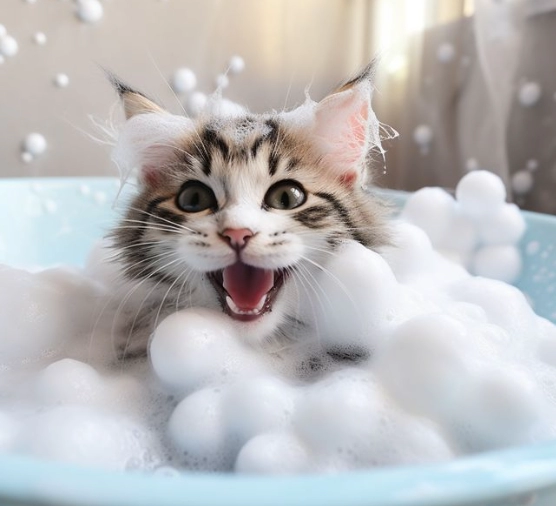
The Golden Rule: Timing Is Everything
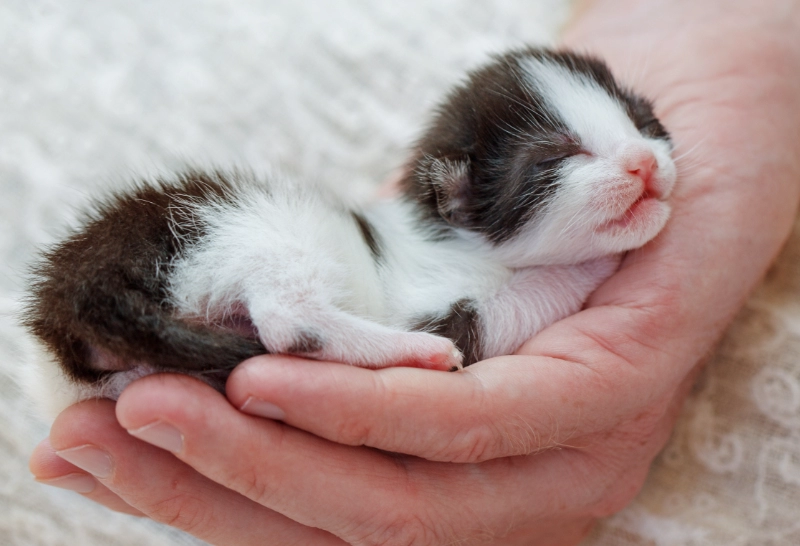
Wait Until 4+ Weeks Old
Newborn kittens (0-3 weeks) lack the thermoregulation to withstand water exposure. Their body temperature relies entirely on their environment and mother’s warmth. Bathing them prematurely can trigger hypothermia—a silent killer. The American Veterinary Medical Association emphasizes that kittens under four weeks should never be fully immersed in water. Instead, use a warm, damp cloth to spot-clean soiled areas, mimicking a mother cat’s grooming.Umbilical Cord Healing
Like human infants, kittens’ umbilical stumps need time to dry and detach (usually 1-3 weeks). Submerging this area risks infection, which can escalate rapidly in neonates. I once fostered a litter where a well-meaning volunteer bathed a 10-day-old kitten, unaware of this rule. The resulting infection required emergency vet care—a preventable crisis.Mobility Matters
At 4 weeks, kittens begin wobbling on unsteady legs. This milestone signals stronger immunity and muscle control. Dr. Laura Jenkins, a Cornell Feline Health Center researcher, notes: “Once they’re mobile, their bodies can better regulate temperature and respond to stressors like bathing.”
The Art of Safe Kitten Bathing: A Step-by-Step Guide
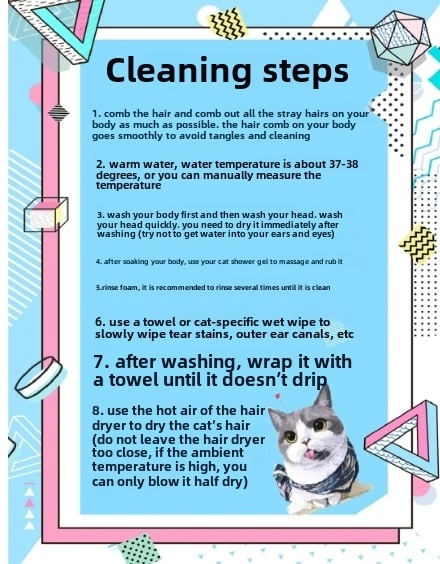
1. Pre-Bath Prep
Warmth First: Heat the room to 80°F (27°C). Place a heating pad under a towel in their drying area.
Supplies: Use kitten-specific shampoo (e.g., Earthbath Hypoallergenic). Human products disrupt their pH balance, inviting skin issues.
2. Water Temperature
Test the water with your elbow—it should feel lukewarm (100°F/38°C), mirroring a mother cat’s tongue. Too hot? Scalding. Too cold? Shock.
3. The 90-Second Rule
Wet gently, avoiding the face.
Lather swiftly—prolonged baths chill their tiny bodies.
Rinse thoroughly; residue causes irritation.
4. Post-Bath Protocol
Towel-dry with a microfiber cloth (avoid vigorous rubbing).
Use a low-heat blow dryer only if necessary, held 12 inches away.
Common Pitfalls & Life-Saving Alternatives
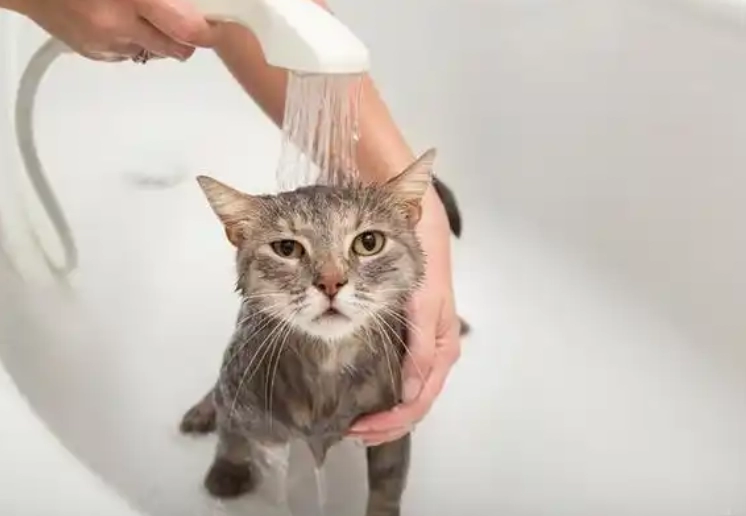
Mistake: Using plastic basins (common in DIY tutorials).
Risk: Retains bacteria; slippery surfaces increase drowning risk.
Fix: Opt for a shallow, rubber-bottomed sink or tub.
Mistake: Bathing after feeding.
Risk: Digestion disruption, regurgitation.
Fix: Schedule baths 1-2 hours post-meal.
Alternative to Baths:
For kittens under 4 weeks, waterless foam shampoos (like Burt’s Bees for Kittens) are lifesavers. Massage into fur, then wipe—no rinsing needed.
The Science Behind the Wait
A 2023 UC Davis study found that kittens bathed before 28 days had a 40% higher mortality rate due to stress-induced immunosuppression. Their adrenal glands, still developing, can’t handle cortisol spikes from premature bathing.
When Exceptions Apply
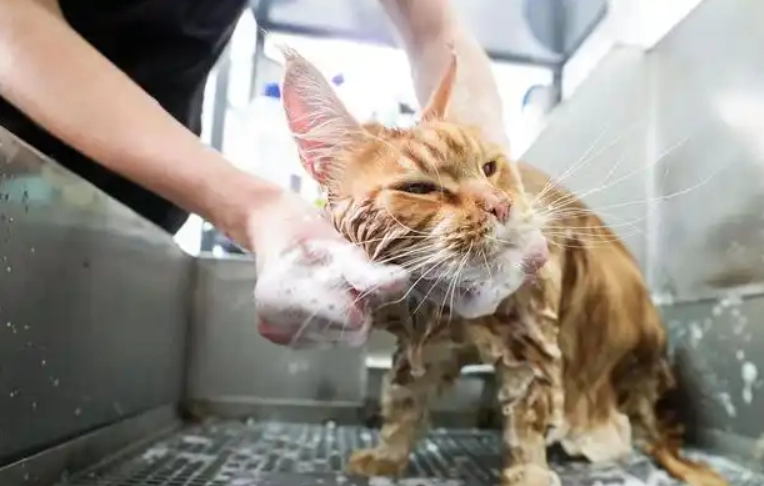
In cases of severe flea infestation or toxic substance exposure, consult a vet immediately. Emergency baths require:
Vet-approved protocols
Submersion limited to affected areas
Post-bath glucose monitoring (hypoglycemia is a hidden threat)
Conclusion:
Bathing a newborn kitten isn’t about our convenience—it’s about honoring their biology. Every second of restraint we exercise buys them resilience. At CatCareLab, we’ve seen kittens thrive when caregivers embrace this truth: Their first bath isn’t a race; it’s a rite of passage. Let’s pledge to protect that fragility, one purr at a time.
References:
American Veterinary Medical Association
Cornell Feline Health Center
UC Davis Study on Kitten Mortality
Stay pawsitive, and keep those kittens thriving! 🐾
— CatCareLab Team








No comments yet, come on and post~